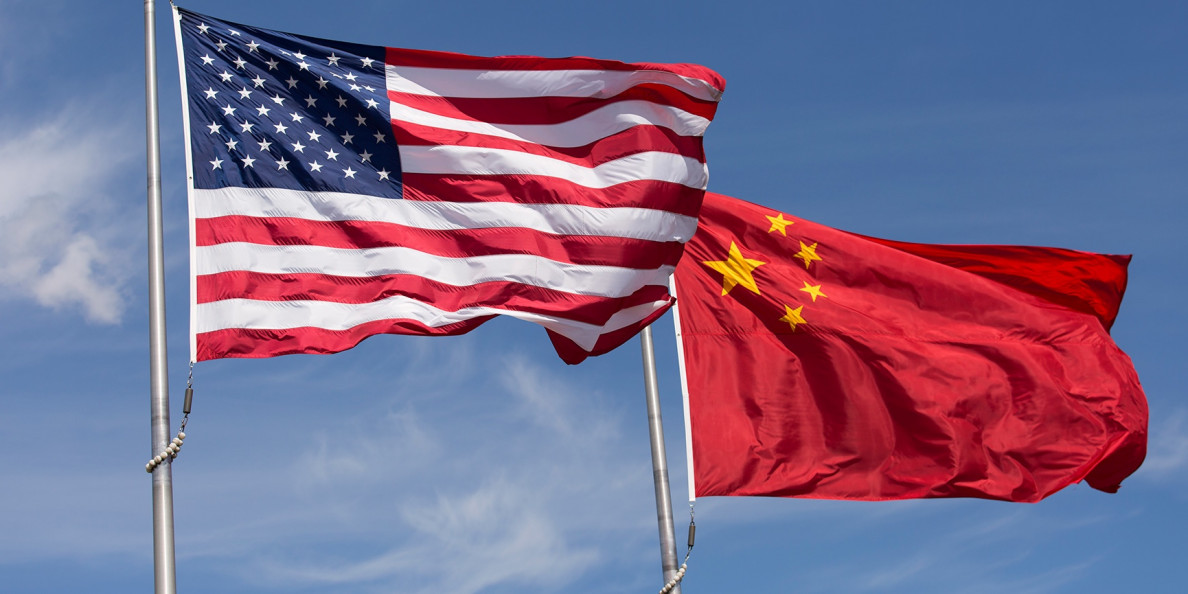The administration wrapped up the latest round of trade talks in Beijing and that China “committed to buy more U.S. agricultural goods, energy and manufactured items," the U.S. Trade Representative stated.
The talks concluded after three days with a cautious sense of optimism that the two large economies “might be able to reach a deal that ends their bruising trade war," Bloomberg reported.
The office of U.S. Trade Representative (USTR) Robert Lighthizer said the two sides considered ways to “achieve fairness, reciprocity, and balance in trade relations.” Officials discussed the need for any deal to include “ongoing verification and effective enforcement,” USTR said. The U.S. will decide on the next steps after officials report back to Washington.
President Donald Trump and President Xi Jinping have given their officials until March 1 to reach an accord on key changes to China’s economy on issues such as the forced transfer of American technology, intellectual-property rights, and non-tariff barriers. The USTR statement didn’t say whether progress had been achieved on its main concerns.
Observers told Bloomberg that positions were closer on areas including energy and agriculture but further apart on harder issues.
China was believed to be preparing its own separate statement on the talks.
Still, stocks rose globally after the U.S. and China concluded talks and appeared closer to an agreement, Bloomberg said. All major U.S. equities benchmarks were reported to be rising.
Chinese foreign ministry spokesman Lu Kang said a one-day extension in talks showed both sides are serious about the negotiations. Some disagreements remain on structural issues and they need to be addressed when more senior negotiators meet later on, according to Chinese officials involved in the discussions who asked not to be identified.
Later this month, Lighthizer is expected to meet with Vice Premier Liu He, Xi’s top economic aide who is leading negotiations for China, Bloomberg said. Liu made a brief appearance at the talks in Beijing on Monday, boosting optimism that China was serious about making progress on a deal.
The mid-level talks were the first face-to-face meeting between the two sides since their leaders met last December. Prior to the meeting, China made a number of concessions to U.S. demands including temporarily cutting punitive tariffs on U.S.-made cars, resuming soybean purchases, promising to open up its markets for more foreign investment, and drafting a law to prevent forced technology transfers.
The negotiations were extended from the two days initially scheduled, according to the Chinese. Trump tweeted “talks with China are going very well!” late on Tuesday. The U.S. president is increasingly eager to strike a deal with China soon in an effort to perk up financial markets that have slumped on concerns over the trade war, Bloomberg said. The S&P 500 Index has fallen about 7 percent since Trump and Xi agreed on a 90-day truce at their meeting in Argentina last month.
The negotiations are taking place at difficult moments for both sides and are entangled deeply in domestic and intra-national tensions for each. A key question concerns the main objectives of each. For example, China is widely accused of relying “too heavily” on overseas markets to build its economy, but makes the argument that its future trade market plans are especially important to the nation’s development.
While the negotiators are serious about these talks, the remaining disagreements on “structural issues” are enormously important, extremely sensitive and will be difficult to address as the talks continue. This is a process producers should watch carefully, now and in the future, Washington Insider believes.
Πηγή: dtnpf.com

